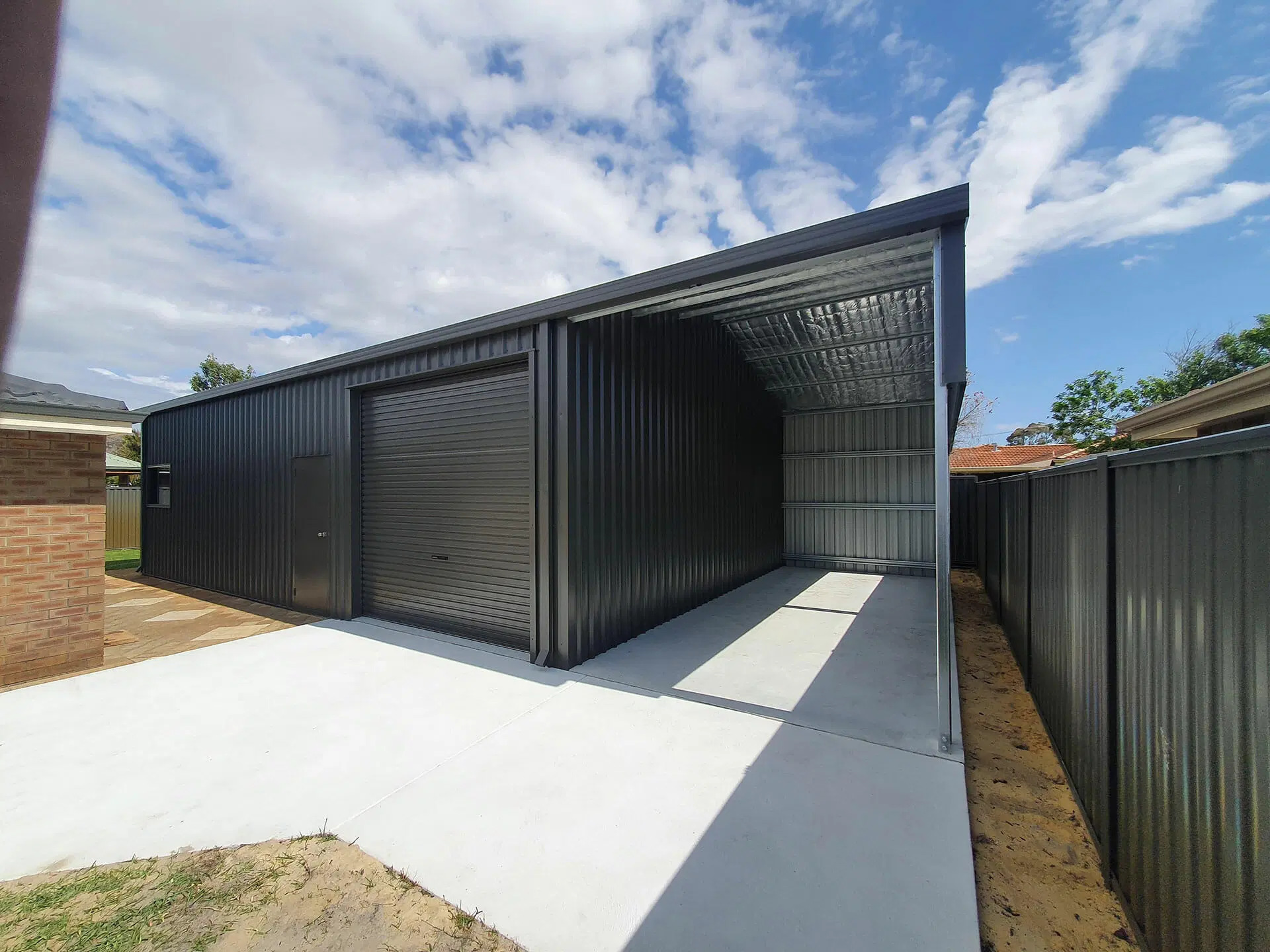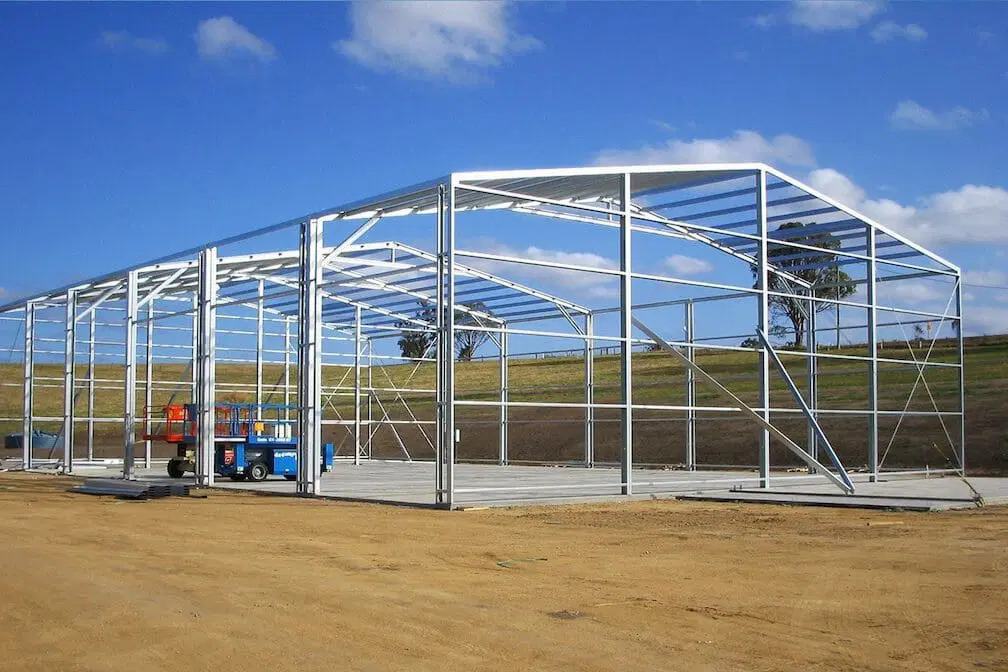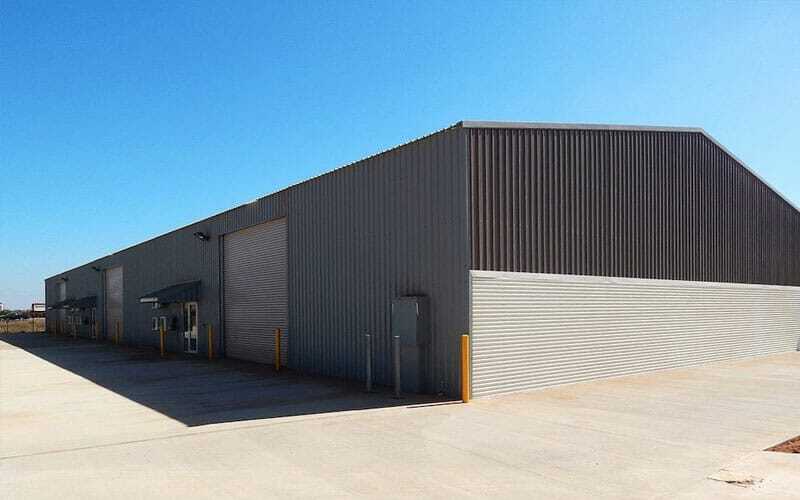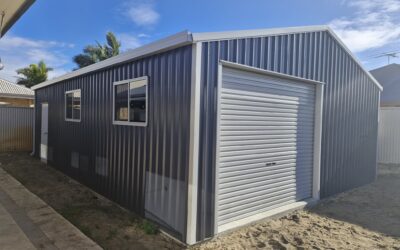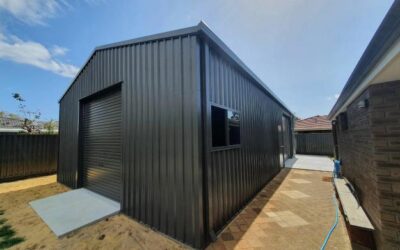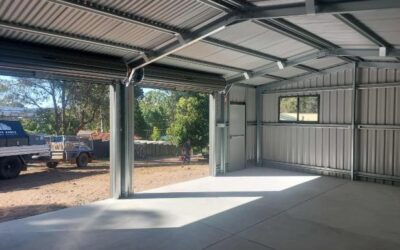Do You Need Council Approval for a Shed in WA?
Do I need council approval for a shed?
In most cases, the answer is yes. But don’t stress; it’s a standard part of the building journey. Understanding the requirements is the first step to a smooth project.
Let’s break down what you need to know.
First Up: Planning Approval vs. Building Permits
Before we get into the rules, it helps to know there are two main hoops to jump through. Sometimes you need one, sometimes you need both.
- Planning Approval: Think of this as the ‘big picture’ check. Your local council looks at your plans to see if the shed fits the neighbourhood. They’re checking its size, where it sits on your block, and what it looks like.
- Building Permit: This is the technical one. A building surveyor checks the engineering and construction plans to make sure the shed will be strong, safe, and built to Australian Standards.
Getting this wrong can cause serious delays, so make sure you clarify your project’s requirements before you start.
So, When Do You Need Council Approval for a Shed?
Most of the useful residential sheds people want will need a building permit. While rules vary slightly between shires, you’ll definitely need to get the paperwork sorted if your shed:
- Is bigger than 10m²: This is the magic number. Anything bigger than a small bedroom (around 3m x 3.3m) needs a permit.
- Is too tall: If the walls are higher than 2.4m or the peak of the roof is over 3.0m, you’ll need approval.
- Is in a cyclonic area: That 10m² exemption? It goes out the window in WA’s cyclonic wind regions (like the Pilbara and Kimberley). Up there, every structure requires proper engineering and approval.
- Is in a bushfire-prone (BAL) zone: If your property is in a BAL zone, your shed has to be built with specific fire-resistant materials and methods. This always requires approval.
- Sits too close to the fence: Every council has ‘setback’ rules for how far a building needs to be from the boundary. If you want to build close to your neighbour, you’ll need to go through the council.
- Is a rural or farm shed: Storing large machinery, hay, or livestock comes with its own set of rules. If you’re on a rural block, learn more about how to build a farm shed the right way.
When You Might Not Need Approval
The next big question is always about exceptions. It’s rare, but there are a few specific scenarios where you might not need council approval for a shed if it meets a long list of conditions.
You may be exempt if your shed meets ALL of these points:
- It’s 10m² or smaller.
- The walls are 2.4m high or less, AND the roof peak is 3.0m high or less.
- It’s not in a cyclonic wind region.
- It’s not in a BAL-rated bushfire zone.
- It sits behind your house and doesn’t impact neighbours or boundary lines.
But here’s the catch: Even if you tick all these boxes for a building permit exemption, you still have to follow your local council’s planning rules. Build in the wrong spot, and the council could force you to tear it down.
The golden rule? Always check with your local council directly before you commit to a build.
Why Approvals Matter (They’re Not Just Red Tape)
Getting the official sign-off isn’t just about ticking boxes. It’s your guarantee that your shed is safe, legal, and won’t cause you headaches later on.
A proper approval means:
- It’s built for WA conditions: Your shed has been properly engineered to stand up to our wild weather.
- Your insurance is valid: Insurance companies can refuse to pay out for damage to, or caused by, an illegal, unapproved structure.
- It protects your property value: When you sell your house, an unapproved shed is a red flag for buyers and can derail the sale.
- No nasty surprises: A proper approval protects you from council fines, demolition orders, and disputes with your neighbours.
While the process is essential, it can feel complex. This is where an experienced shed builder can simplify things dramatically.
The Spinifex Approach: How We Handle It All
Let’s be honest, figuring out if you need council approval for a shed can be a headache, and dealing with the forms is even worse. We created our process to take care of every detail, so you don’t have to. Here’s how we make it simple:
- We do the homework: We start with a full assessment of your block, checking everything from wind ratings and BAL zones to your local shire’s specific rules.
- We get it engineered: We design your shed and then get all the structural engineering and certifications done. All our structures are fully custom sheds, designed to suit your specific needs and block.
- We lodge the plans: Our team prepares and submits all the council documents for you. No confusing forms, no missed details.
- We see it through: We talk to the council on your behalf, answer their questions, and keep you in the loop until your permit is in your hands.
You don’t have to lift a finger. We know what councils are looking for, and we make sure your shed sails through without delays.
Shed Approvals Made Easy with Spinifex
Stop wondering, ‘Do I need council approval for a shed?’ and let the experts give you a clear answer. For over 20 years, we have worked directly with shires across WA. We know exactly how to get your shed sorted, approved, and built right.
Whether you’re ready to kick off or just checking your options, we’re here to help. Get in touch with our team for a no-obligation quote and some solid advice
Similar Articles
Man Shed Ideas: Turn Your Shed Into a Personal Escape
A shed’s never just a box with a door. It’s where you stash the gear, sort your tools, or line up your next project. Whether you’re fixing the ute, catching the footy, or just want a spot to disappear for a bit, the right setup makes all the difference. Even if it’s just for storage, it should still be tough, weatherproof, and built to last.
How to Keep a Shed Cool in Summer
If you’ve spent a summer working out of a steel shed in the WA heat, you know how fast it can turn into a sweatbox. Whether you’re parking gear, storing feed or knocking out a few jobs in the shade, the last thing you want is to step into an oven every time you open the roller door
How to Build a Machinery Farm Shed (Properly)
Machinery is the backbone of any farm. Tractors, headers, sprayers, seeders. These are big investments that keep everything moving. Leaving them out in the weather or under a flimsy shed leads to rust, costly repairs, and downtime when you least need it.

